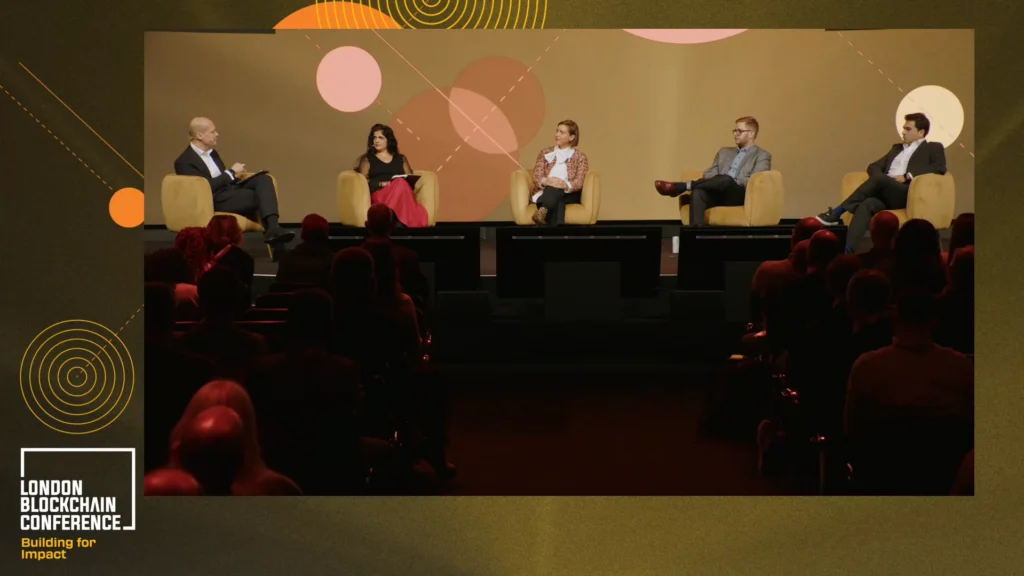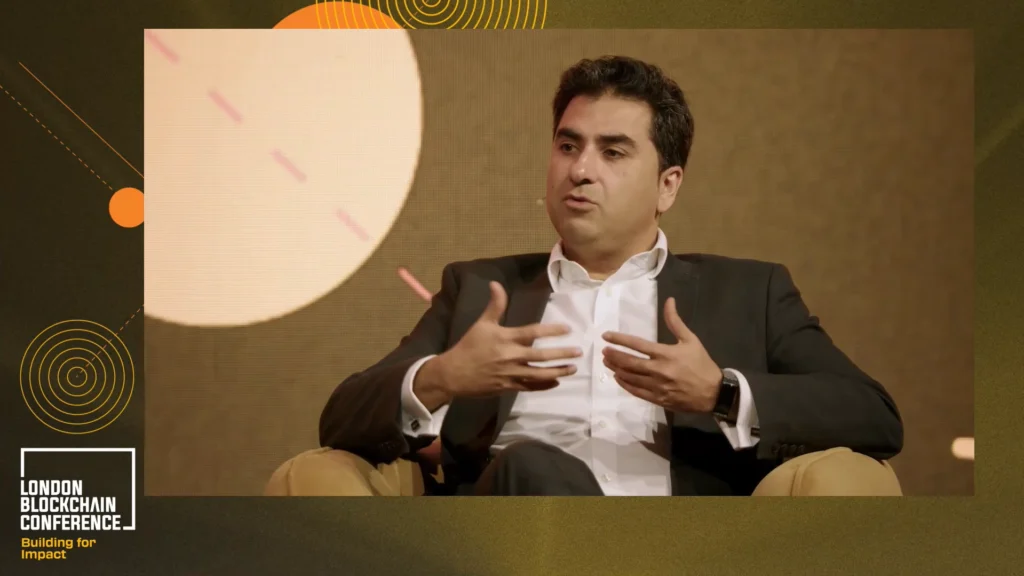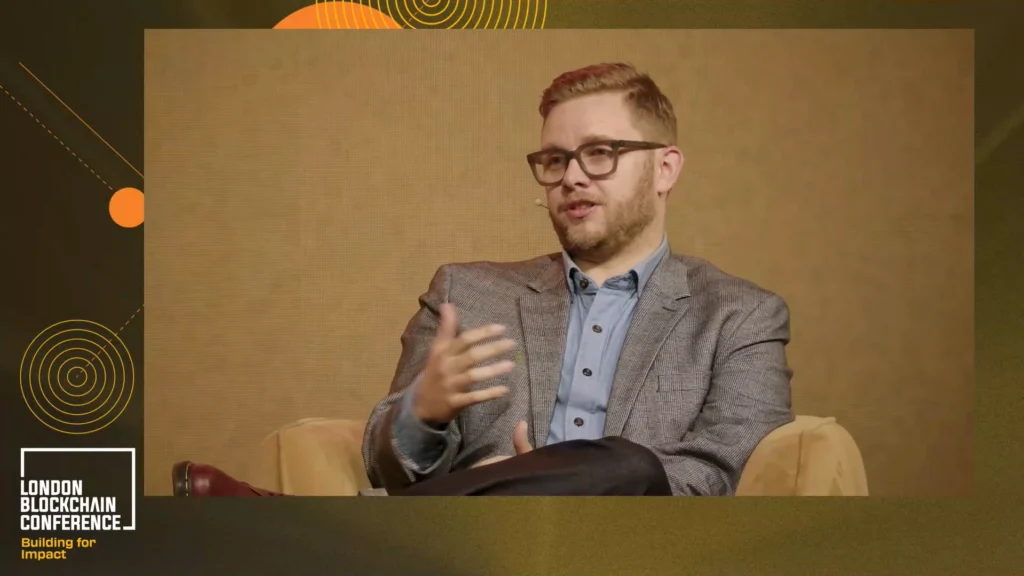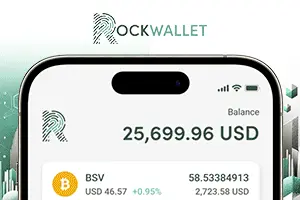|
Getting your Trinity Audio player ready...
|
Back in 2024, BlackRock CEO Larry Fink announced that the tokenization of everything was coming.
Fink wasn’t wrong—at this year’s London Blockchain Conference, tokenization was front and center. Banks and financial institutions worldwide are experimenting with tokenized deposits, bonds, debt, and real-world assets.
But what’s driving the trend toward tokenization? Why are the biggest players in the financial world using blockchains to tokenize every kind of financial instrument? And where is all of this headed?

Why tokenization is taking off
Unlike many other blockchain trends, which burned brightly before fading away, tokenization has real legs. That’s because when tokens live on scalable public blockchains, they deliver true value and enable real innovation.
One of the best understood benefits is improved liquidity. While U.S. Treasuries and the British Gilt markets are plenty liquid, private debt markets aren’t always so, and higher minimums and longer hold periods are common. Tokenization introduces the possibility of fractionalized ownership and increased trading frequency, solving both problems by lowering the barriers to both entry and exit.
In addition to liquidity improvements, tokenized assets settle faster. It’s not uncommon for cross-border trades to take days to settle, but tokenized assets on blockchains like BSV could have settlement times of 10 minutes globally. Among other benefits, faster settlement reduces counterparty risk and frees up capital for reinvestment.
Thanks to its peer-to-peer nature, blockchain technology also eliminates many of the trusted intermediaries involved in trade, reducing manual processing and reconciliation burdens. This has obvious cost savings in terms of both time and fees.
Tokenization also enhances accessibility by giving new cohorts of investors, including institutions, individuals, and smaller firms, the chance to own tokenized debt instruments and real-world assets. Issuers can also offer smaller tranches with custom terms, making it easier to comply with regulations and opening markets to investors who would have been locked out.

During the ‘RWA Tokenization’ panel at the London Blockchain Conference 2025, Sabih Behzad, Head of Digital Assets and Currencies Transformation at Deutsche Bank, noted that the programmability of tokenized assets allows issuers to embed compliance and control features, reducing both risks and costs.
Examples of tokenization in 2025
While many concepts related to blockchain technology remain abstract and take time to come to fruition, experiments and sandboxes around tokenization are live and in progress today.
The most obvious of these is tokenized currencies, also known as stablecoins. Companies like Circle (NASDAQ: CRCL) are already publicly listed and have valuations in the billions, and contenders like MNEE are issuing USD-backed stablecoins capable of true micropayments.
Yet, currencies aren’t the only things being tokenized. Innovative startups like Tokenovate are using scalable blockchain tech and tokenization to rewire the financial system. Its Founder and CEO, Richard Baker, told the London Blockchain Conference that his firm is using this tech to reshape the derivatives market.
Other speakers, like TrillTech Product Lead Ben Elvidge, showcased how they have already made the uranium markets more accessible through tokenization on platforms like Uranium.io.

If one thing became clear at this year’s conference, it was this: blockchain has grown up, and tokenization has the attention of both scrappy startups looking to make their mark and some global financial giants looking to innovate and stay relevant.
Moving from private chains to scalable public ones
Those who have been watching the moves around tokenization will already know that many sandboxes, experiments, and initiatives have been using private blockchains.
However, that’s beginning to change, and one of the key drivers of that change is regulatory clarity, Emma Lovett, Executive Director of JP Morgan Chase (NASDAQ: JPM), told the London Blockchain Conference. As regulations become clearer around the world, collaborators are increasingly openly discussing forming consortia and partnerships, as well as using public blockchains to address problems such as liquidity fragmentation.

The only question left to answer is, which blockchain will tokens live on? The problems with private blockchains are beginning to sink in, yet few have grappled with the fundamental limitations of popular public chains like Ethereum.
One step at a time, though. Right now, the world is excited about tokenization, and that’s something to be proud of. Finally, the utility of blockchain technology is being recognized, and true value is in the pipeline.
Watch: Tim Draper talks tokenization with Kurt Wuckert Jr.

 12-10-2025
12-10-2025 





